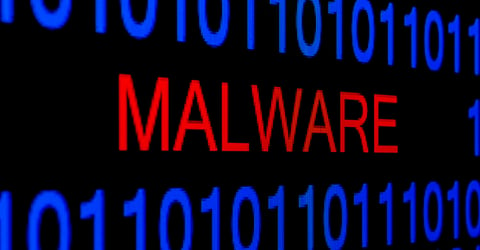
Malware is making it through your network. It's evading your organization's cyber defenses and impacting your business.
As malware continuously evolves to remain undetected, security measures must evolve to combat these high risk threats. Detecting known malware is a start — but cybersecurity strategies need to employ practices that understands the malware that continues to get through, while expanding security measures to fill these defensive gaps.
Current malware analysis and reverse engineering practices are not quick enough, reactive enough or broadly-focused enough to defeat zero-day, polymorphic and evasive attacks. Luckily a solution exists. Automating static analysis to overcome the limitations posed by manually conducting complex, multi-step processes offers a practice that has become the standard across the largest security companies in the industry, but now available for all enterprises.
What is Automated Static Analysis?
Static analysis is the examination and unpacking of code that extracts indicators of compromise without the need to execute the program. Unlike dynamic analysis, which is limited by file size and time intensive runtime sandbox environments to execute files, automated static analysis does not need the heavy weight testing environment, delivering results in only milliseconds across any file type or fileless code.
Previously the process of unpacking a file so it could be analyzed required multiple steps and tools, making it unimplementable for real-time threat detection. Most companies don't have the time or skill sets to do manual static analysis. However, the automation of static analysis now gives them a set of capabilities that can be realistically applied to their cybersecurity efforts.
Some of the more advanced tools now combine automation and machine learning with integration to expand malware ingestion, which improves analysis effectiveness while optimizing existing security investments. These advancements have turned static analysis into a fast, accurate, and scalable process for every enterprise.
How does Automated Static Analysis Work?
Automated static analysis is not subject to traditional virtualization and sandbox evasion techniques and takes place in milliseconds, regardless of file type, size, target OS or platform.
Automated static analysis tools are built to handle advanced malware that was designed to evade detection. Additionally, those tools can effectively unpack obfuscated files without alerting attackers.
So how do these tools accomplish all that? They start by identifying and deobfuscating files. Next, they check the file's reputation, paying special attention to unknown files. Then threat indicators like hidden executables, hidden archives and file system changes are extracted. These threat indicators are compared to known attack techniques and existing malware.
All of the information uncovered in the analysis is combined into a threat level score, which indicates to a security analyst how they should prioritize the investigation and response efforts toward the file.
What are the Benefits of Automated Static Analysis?
The primary benefit automated static analysis has over manual static analysis is speed: when automated, the process can be completed exponentially quicker, freeing up your team's time to react to the results of the analysis.
Additionally, automated static analysis can provide deeper coverage of all files and search deeper into any file for hidden attacks than existing cyber defense systems.
On top of that, it can recognize malware that hasn't been seen before and be used in conjunction with other cybersecurity solutions to optimize your investment in other tools.
To learn more about automated static analysis, read ReversingLabs whitepaper - The New Threat Intelligence - How Automated Static Analysis Finds the Destructive Objects Existing Solutions Miss
Get up to speed on key trends and learn expert insights with The State of Software Supply Chain Security 2024. Plus: Explore RL Spectra Assure for software supply chain security.






